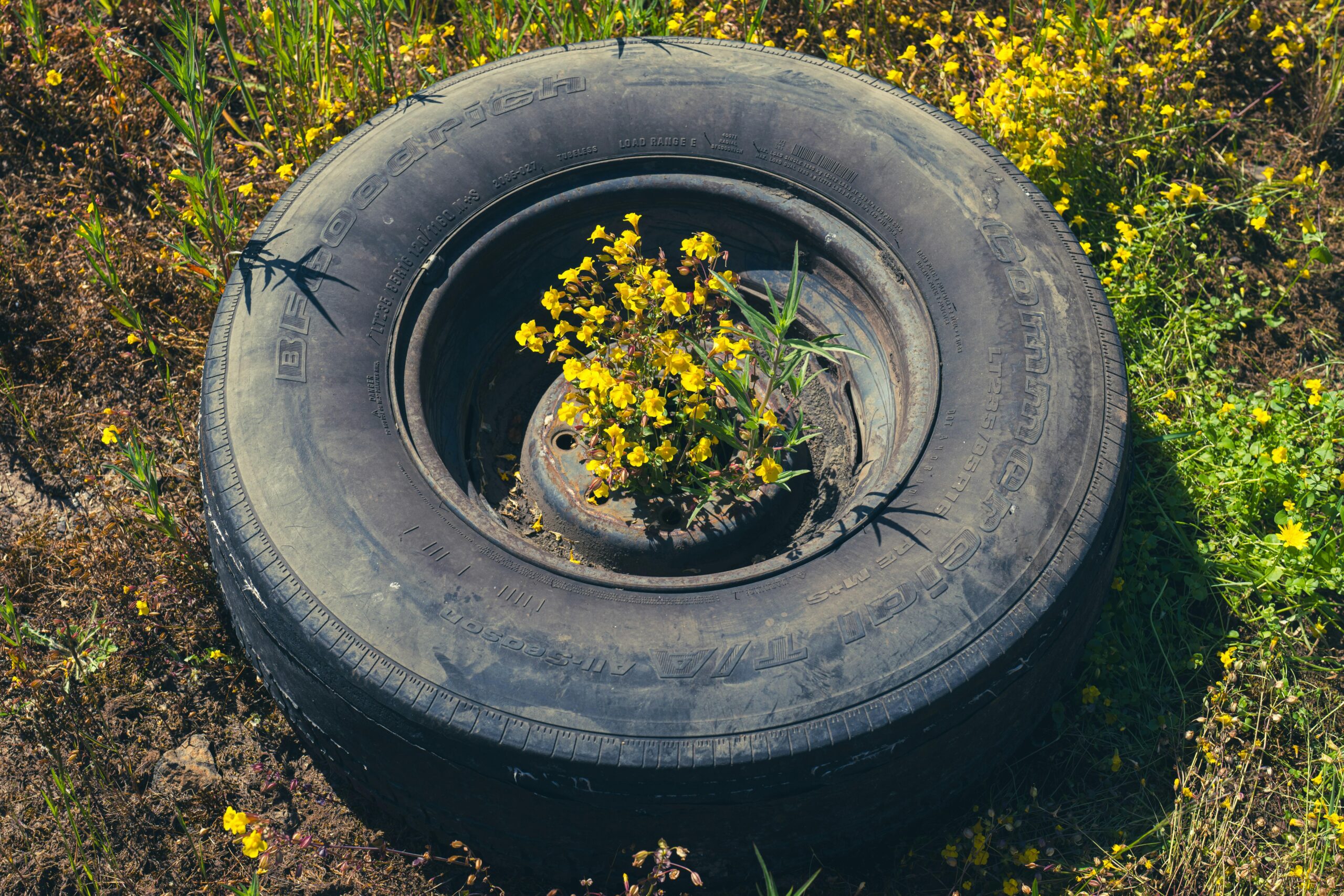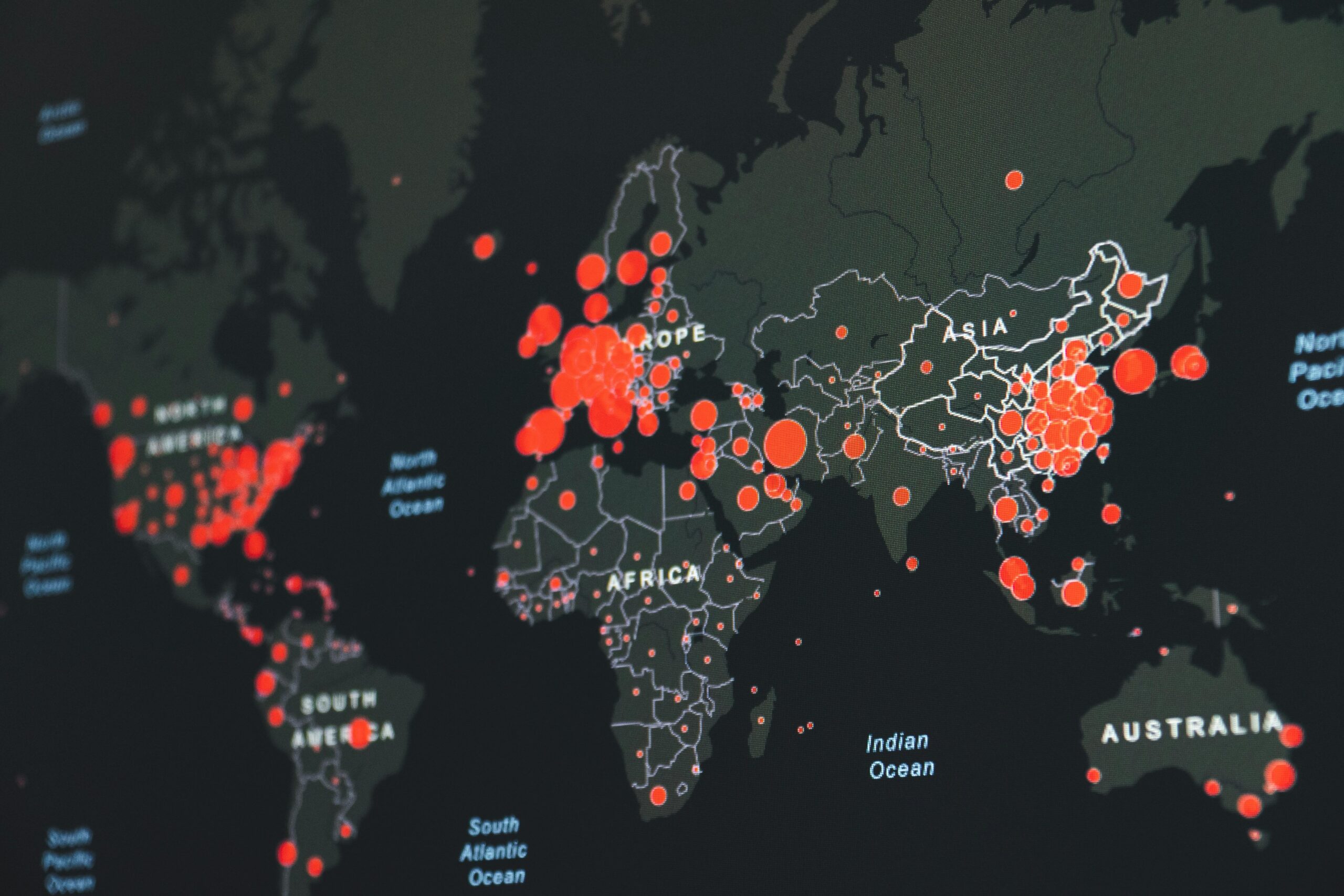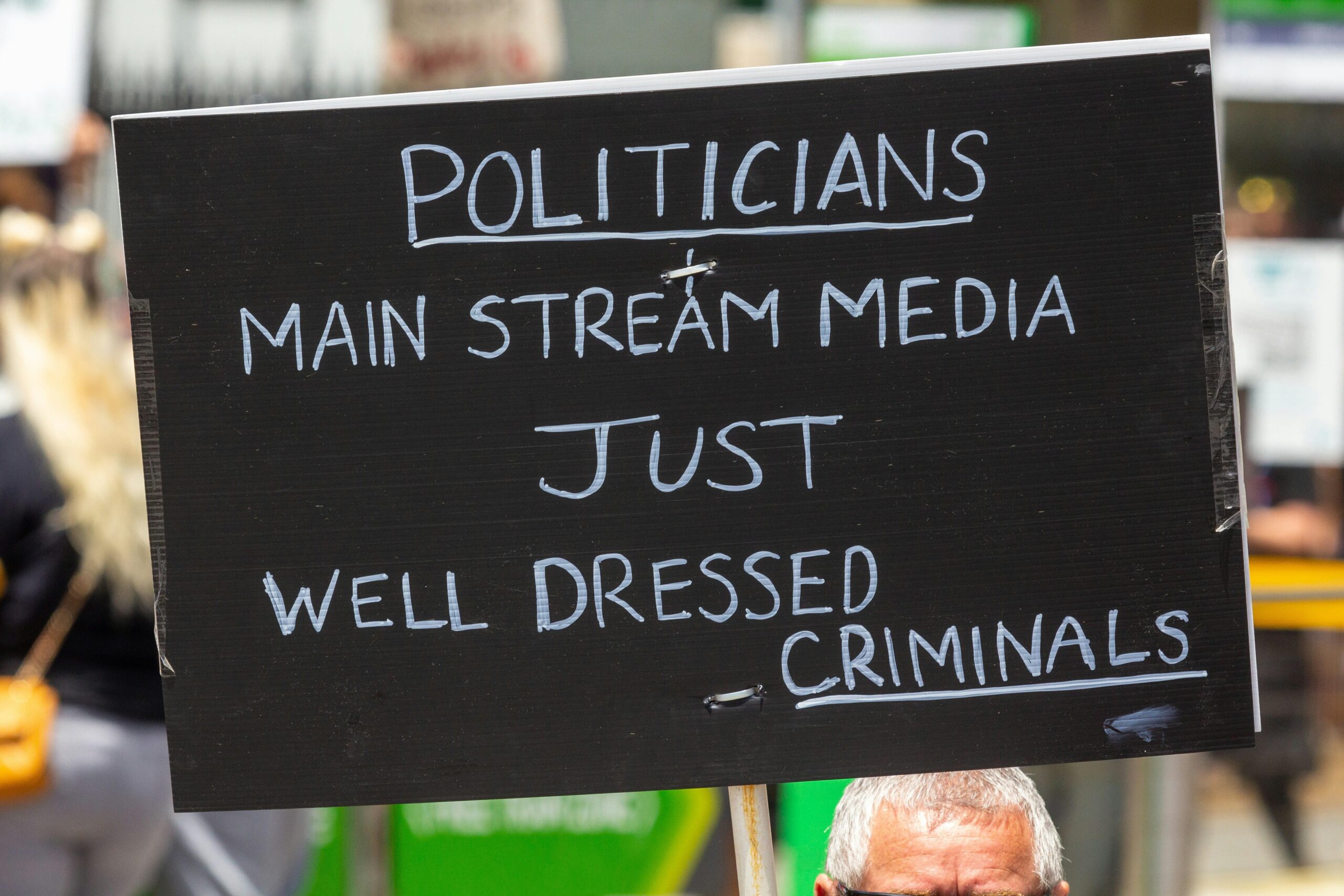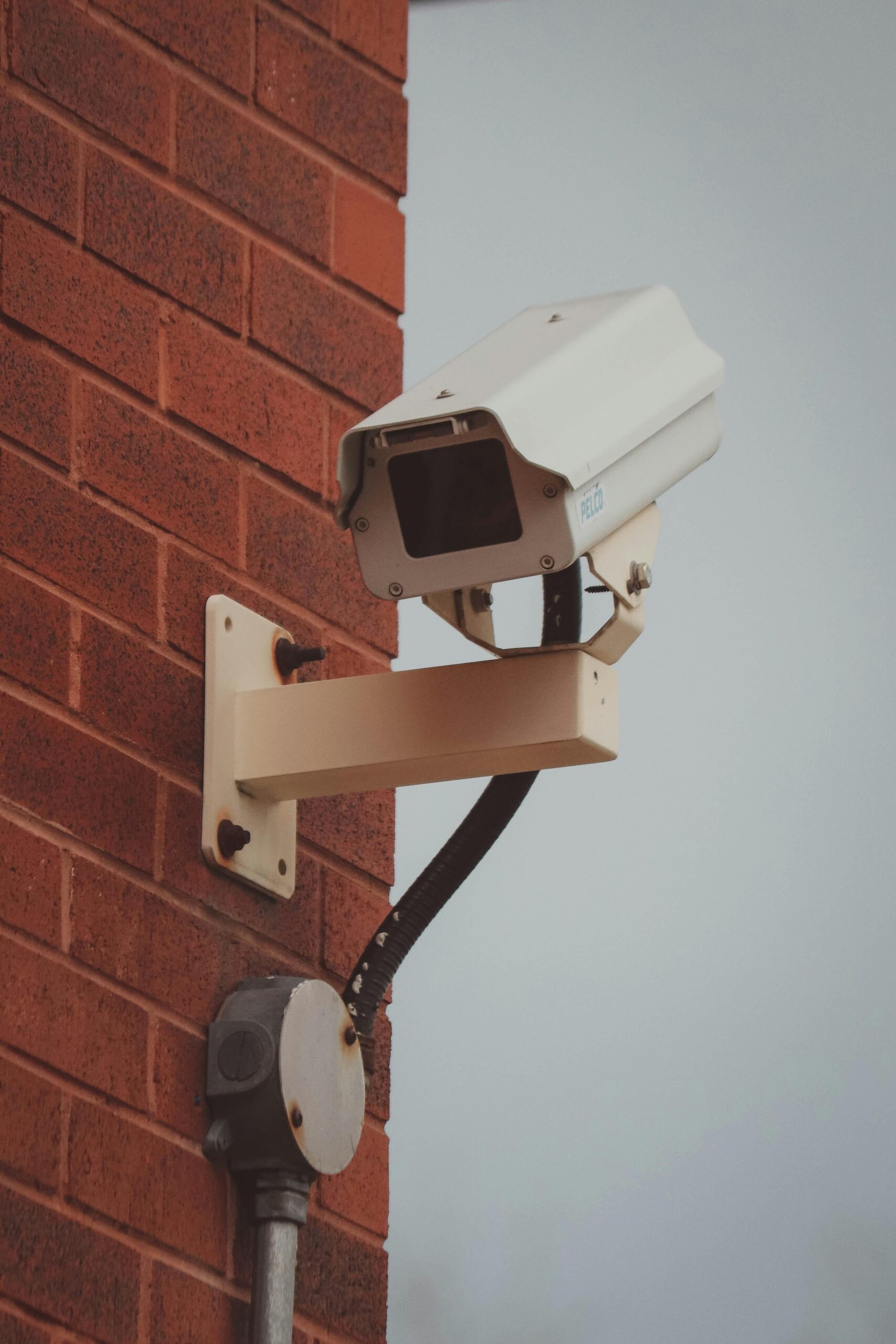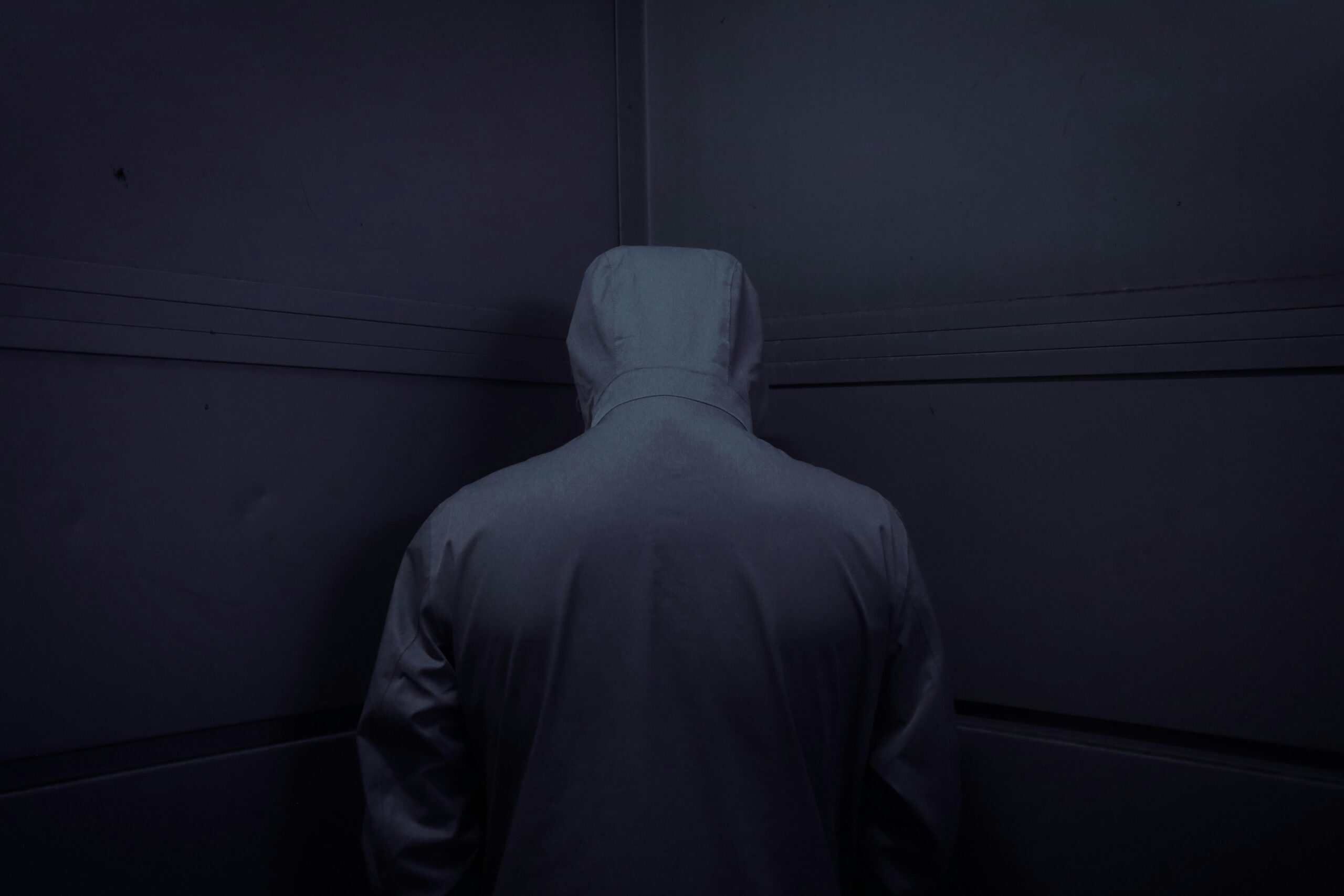When it comes to the rights and well-being of children, the world has come a long way—but how exactly do international laws step in to protect the youngest and most vulnerable among us? From ensuring access to education and healthcare to shielding children from exploitation and abuse, these global guidelines form an intricate web of protections that many might not even be aware of. In this article, we’re diving into the fascinating world of international laws designed to safeguard children everywhere. Join me as we unravel the key treaties, conventions, and agreements shaping a safer, fairer future for kids across the globe. Curious to see how the world stands united for children’s rights? Let’s explore!
Table of Contents
- Understanding the Core International Treaties Safeguarding Children’s Rights
- Exploring How Different Countries Implement Child Protection Laws
- Challenges Faced in Enforcing International Child Protection Standards
- Practical Steps to Strengthen Global Efforts for Children’s Wellbeing
- Closing Remarks
Understanding the Core International Treaties Safeguarding Children’s Rights
At the heart of global efforts to ensure every child’s well-being lies a framework of cornerstone treaties designed to affirm their fundamental rights. The Convention on the Rights of the Child (CRC), ratified by nearly every country, sets a comprehensive standard by emphasizing children’s rights to survival, development, protection, and participation. Alongside the CRC, critical agreements such as the Optional Protocols address specific issues like child trafficking, the involvement of children in armed conflict, and the sale of children for exploitation. These treaties not only articulate obligations for governments but also serve as powerful tools for advocates pushing for real-world change.
Beyond these, a network of international laws complements the core treaties, creating a multilayered safeguard system for children. Treaties like the International Labour Organization’s Minimum Age Convention aim to eradicate child labor, while the Geneva Conventions protect children in times of armed conflict. What stands out is the dynamic nature of these laws, continually evolving to address emerging challenges such as digital privacy and access to education.
- Legal frameworks: Define what governments must do to uphold children’s rights.
- Monitoring bodies: Oversee compliance and evaluate progress.
- Community impact: Empower local organizations to advocate and implement change.
Understanding this complex legal mosaic reveals how international treaties operate not just as documents, but as living instruments that strive to create safer, more nurturing environments for children worldwide.
Exploring How Different Countries Implement Child Protection Laws
The global mosaic of child protection reveals a fascinating array of legal frameworks shaped by cultural values, economic conditions, and political will. Countries like Sweden and New Zealand have pioneered robust legislation prioritizing children’s rights, emphasizing prevention and rehabilitation over punishment. In contrast, nations with emerging legal systems often face challenges in enforcement and resource allocation, resulting in varied levels of child safety. It’s intriguing to see how some governments adopt comprehensive national child protection policies that integrate education, healthcare, and social welfare, while others focus on strengthening judicial mechanisms and legal deterrents to combat abuse and exploitation.
Beyond statutes, implementation is often supported by multi-sector collaborations and community involvement. Some notable elements typical of successful programs include:
- Specialized training for law enforcement and judiciary to sensitively handle child-related cases
- Accessible reporting systems that allow children and guardians to report violations safely
- Public awareness campaigns tailored to cultural contexts to educate about children’s rights and protection
- Support services like counseling and rehabilitation for survivors
This blend of legal rigor and social support creates a dynamic approach, showcasing how the nuances of each society influence the way protection laws come alive in real-world scenarios.
Challenges Faced in Enforcing International Child Protection Standards
Enforcing international child protection standards is a complex endeavor fraught with numerous obstacles. One significant challenge lies in the diverse legal frameworks across countries, which often results in inconsistent application and interpretation of these laws. While some nations have robust systems in place, others lack the infrastructure or political will necessary to uphold child rights effectively. Additionally, geopolitical tensions and cultural differences can hinder collaboration among states, making it difficult to establish a unified approach to safeguarding children globally.
Beyond legal disparities, enforcement is also impeded by several practical issues, including:
- Limited resources for monitoring and intervention agencies
- Insufficient training of law enforcement personnel on child protection matters
- Challenges in cross-border cooperation and information sharing
- Underreporting of offenses due to social stigma or fear of retaliation
These factors combine to create a landscape where protecting vulnerable children requires not just legal standards, but also persistent international commitment and adaptive strategies to overcome deeply rooted barriers.
Practical Steps to Strengthen Global Efforts for Children’s Wellbeing
Global collaboration lies at the heart of nurturing a safer environment for children everywhere. One of the foremost ways to catalyze this is by enhancing awareness and enforcement of existing international legal frameworks, such as the UN Convention on the Rights of the Child. Governments should commit to transparent reporting and peer review mechanisms, allowing them to track progress and hold each other accountable. Empowering local communities with knowledge about these laws strengthens grassroots advocacy, creating a ripple effect that compels national policies to align with global standards. This multi-tiered approach ensures both top-down and bottom-up protection for young lives.
Strategic innovation also plays a vital role in these efforts. Investing in shared technology platforms improves real-time data sharing about the wellbeing of children across borders, enabling quicker responses to crises such as trafficking or exploitation. Moreover, fostering partnerships between international organizations, governments, and non-profits creates an ecosystem that supports sustained funding and expertise exchange. Some key practical initiatives include:
- Developing joint action plans focused on education, health, and protection.
- Implementing continuous training programs for frontline workers on child rights enforcement.
- Harnessing digital campaigns to amplify children’s voices globally and raise public awareness.
Closing Remarks
As we peel back the layers surrounding international laws aimed at protecting children, it becomes clear that while progress has been made, the journey is far from over. These legal frameworks serve as crucial shields, but their true power lies in awareness and enforcement across borders. So, next time you hear about a child’s rights being upheld—or challenged—remember the complex web of treaties and agreements working behind the scenes. After all, understanding these laws isn’t just for policymakers; it’s a shared responsibility that can inspire collective action to create a safer, brighter future for children everywhere. Curious to learn more? Keep exploring, because every bit of knowledge brings us one step closer to real change.




